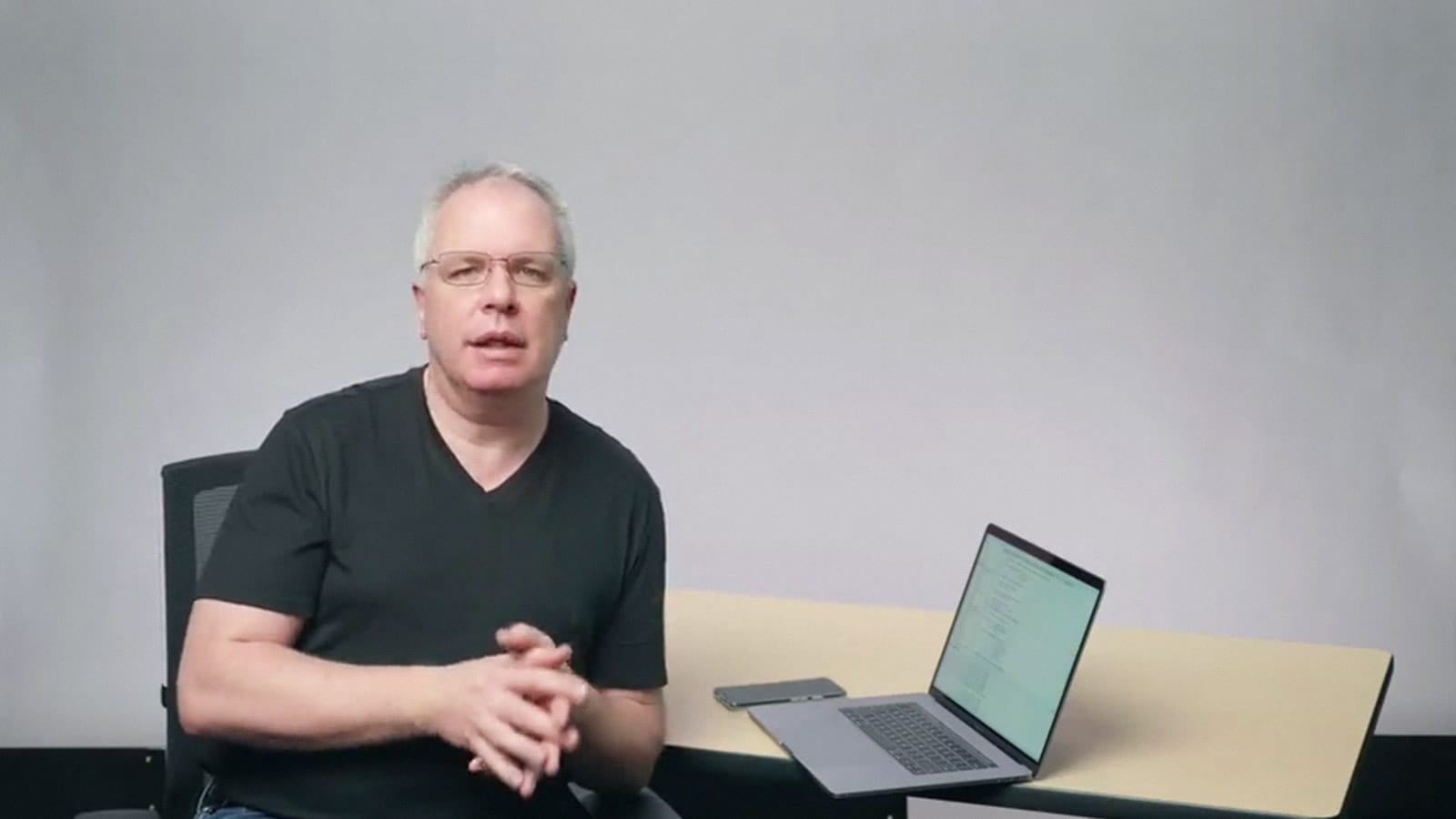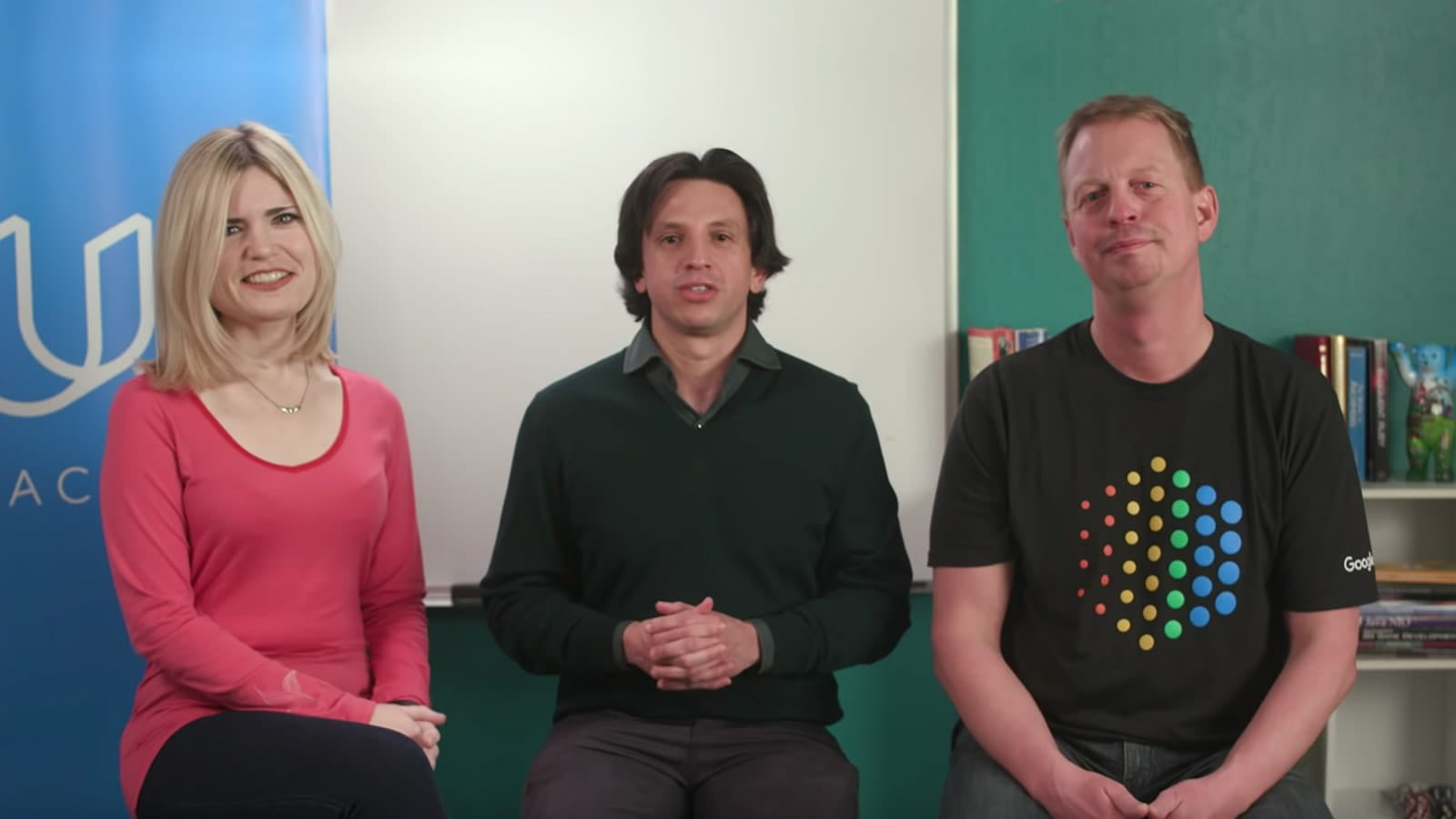أساسيات التعلم الآلي مع TensorFlow
هذا المنهج مخصص للأشخاص الذين هم:
- جديد في تعلم الآلة، ولكن لديهم خلفية برمجية متوسطة
يهدف هذا المحتوى إلى توجيه المطورين الجدد إلى تعلم الآلة خلال المراحل الأولى من رحلة تعلم الآلة الخاصة بهم. سترى أن العديد من الموارد تستخدم TensorFlow، ومع ذلك، فإن المعرفة قابلة للتحويل إلى أطر تعلم الآلة الأخرى.
الخطوة 1: فهم ما هو كل شيء عن ML
تم تصميم TensorFlow 2.0 لتسهيل بناء الشبكات العصبية للتعلم الآلي، ولهذا السبب يستخدم TensorFlow 2.0 واجهة برمجة تطبيقات تسمى Keras. يُعد كتاب التعلم العميق باستخدام بايثون من تأليف فرانسوا تشوليه، مبتكر Keras، مكانًا رائعًا للبدء. اقرأ الفصول من 1 إلى 4 لفهم أساسيات تعلم الآلة من وجهة نظر المبرمج. يتعمق النصف الثاني من الكتاب في مجالات مثل رؤية الكمبيوتر ومعالجة اللغات الطبيعية والتعلم العميق التوليدي والمزيد. لا تقلق إذا كانت هذه المواضيع متقدمة جدًا في الوقت الحالي لأنها ستصبح أكثر منطقية في الوقت المناسب.

يوفر هذا الكتاب التمهيدي نهجًا يعتمد على الكود أولاً لمعرفة كيفية تنفيذ سيناريوهات التعلم الآلي الأكثر شيوعًا، مثل رؤية الكمبيوتر، ومعالجة اللغة الطبيعية (NLP)، ونمذجة التسلسل للويب، والهاتف المحمول، والسحابة، وأوقات التشغيل المضمنة.

يعد هذا الكتاب مقدمة عملية وعملية للتعلم العميق باستخدام Keras.
⬆ أو ⬇
خذ دورة تدريبية عبر الإنترنت مثل مقدمة Coursera إلى TensorFlow أو مقدمة Udacity إلى TensorFlow للتعلم العميق ، وكلاهما يغطي نفس الأساسيات التي يغطيها كتاب فرانسوا. قد تجد أيضًا مقاطع الفيديو هذه من 3blue1brown مفيدة، والتي تمنحك شرحًا سريعًا حول كيفية عمل الشبكات العصبية على المستوى الرياضي.
سيعطيك إكمال هذه الخطوة أسس كيفية عمل التعلم الآلي، مما يؤهلك للتعمق أكثر.

DeepLearning.AI
مقدمة إلى TensorFlow للذكاء الاصطناعي والتعلم الآلي والتعلم العميقتم تطوير هذه الدورة بالتعاون مع فريق TensorFlow، وهي جزء من تخصص مطور TensorFlow وستعلمك أفضل الممارسات لاستخدام TensorFlow.

في هذه الدورة التدريبية عبر الإنترنت التي طورها فريق TensorFlow وUdacity، ستتعلم كيفية إنشاء تطبيقات التعلم العميق باستخدام TensorFlow.
الخطوة 2: ما وراء الأساسيات
احصل على تخصص مطور TensorFlow ، والذي يأخذك إلى ما هو أبعد من الأساسيات إلى رؤية الكمبيوتر التمهيدية والبرمجة اللغوية العصبية ونمذجة التسلسل.
يؤدي إكمال هذه الخطوة إلى استمرار المقدمة، ويعلمك كيفية استخدام TensorFlow لإنشاء نماذج أساسية لمجموعة متنوعة من السيناريوهات، بما في ذلك تصنيف الصور، وفهم المشاعر في النص، والخوارزميات التوليدية، والمزيد.

DeepLearning.AI
تخصص مطور TensorFlowفي هذا التخصص المكون من أربع دورات والذي يدرسه أحد مطوري TensorFlow، ستستكشف الأدوات ومطوري البرامج الذين يستخدمونها لإنشاء خوارزميات قابلة للتطوير مدعومة بالذكاء الاصطناعي في TensorFlow.
الخطوة 3: الممارسة
جرب بعض دروس TensorFlow الأساسية ، والتي ستسمح لك بممارسة المفاهيم التي تعلمتها في الخطوتين 1 و2. عند الانتهاء، جرب بعض التمارين الأكثر تقدمًا.
سيؤدي إكمال هذه الخطوة إلى تحسين فهمك للمفاهيم والسيناريوهات الرئيسية التي ستواجهها عند إنشاء نماذج تعلم الآلة.
الخطوة 4: تعمق أكثر باستخدام TensorFlow
حان الوقت الآن للعودة إلى التعلم العميق باستخدام بايثون لفرانسوا وإنهاء الفصول 5-9. يجب عليك أيضًا قراءة كتاب التدريب العملي على التعلم الآلي باستخدام Scikit-Learn وKeras وTensorFlow للكاتب Aurelien Geron. يقدم هذا الكتاب تعلم الآلة والتعلم العميق باستخدام TensorFlow 2.0.
سيؤدي إكمال هذه الخطوة إلى استكمال معرفتك التمهيدية بتعلم الآلة، بما في ذلك توسيع النظام الأساسي لتلبية احتياجاتك.

باستخدام أمثلة ملموسة، والحد الأدنى من النظرية، وإطاري عمل Python الجاهزين للإنتاج - Scikit-Learn و TensorFlow - يساعدك هذا الكتاب على اكتساب فهم بديهي للمفاهيم والأدوات اللازمة لبناء أنظمة ذكية.

